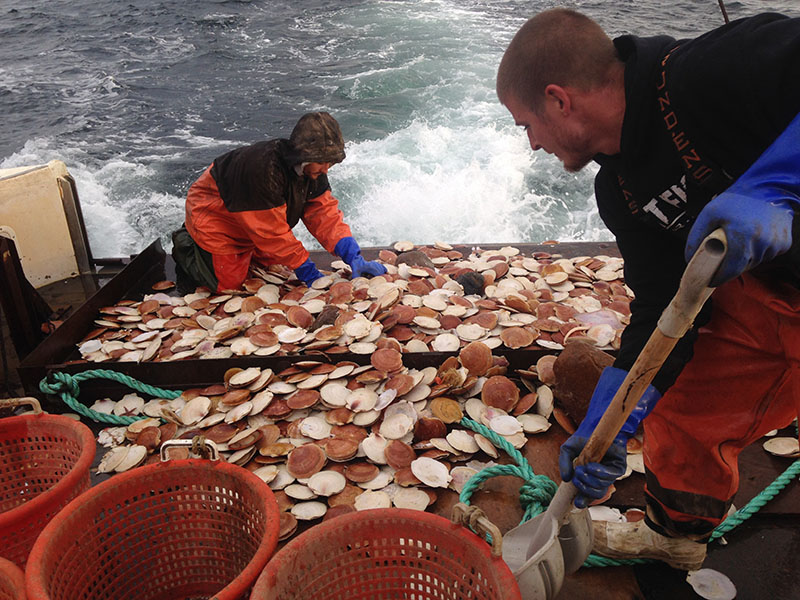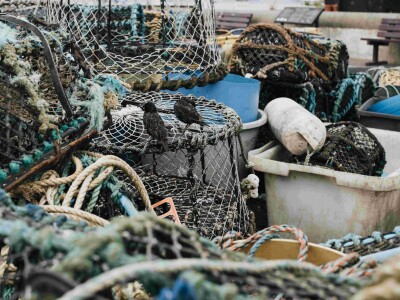The New England Fishery Management Council yesterday released information on the upcoming scallop season, including an estimated 60 million pounds in landings.
The council approved Framework Adjustment 30 to the Atlantic Sea Scallop Fishery Management Plan, which still needs to be approved by NMFS before the season kicks off on April 1, 2019.
Peter Handy, president and CEO of Bristol Seafood, speculated that a reduction in trips to Nantucket Light Ship South and Closed Area 1 may also reduce the volume of U10 and U12 product on the market.
Last season, about half the catch in these areas were larger scallops.
“Overall, it looks like the trips to areas that have the most plentiful big scallops was reduced from two down to one,” Handy reported in a press release. However, he added, it is important to note that scallop sizes can change year to year within the same area.
The Northern Gulf of Maine TAC increased about 5,000 pounds to 205,000. However, last year the council’s prediction for the 2019 season was 135,000 pounds. The default for 2020 is set at 170,000.
“These TACs were based on projections of exploitable biomass – meaning scallops that are of harvestable size – within portions of the Northern Gulf of Maine where fishing activity is expected to occur, based on recent surveys of the area,” according to the council.
Stakeholders in the Northern Gulf of Maine fishery pushed for a survey of the area for the purposes of setting an accurate TAC. They got their wish in 2017, when NMFS opted to use the research set-aside program to sample the area.
That program sets aside a portion of the fishery’s allocation for research purposes, which are granted through an application process. The 2017 set-asides were granted to Coonamessett Farm Foundation and the School for Marine Science and Technology at University of Massachusetts, Dartmouth.
Coonamessett Farm Foundation surveyed parts of Stellwagen Bank and Jeffreys Ledge with an optical imaging system as well as a scallop survey dredge. Mass SMAST conducted a high-resolution drop-camera survey of a portion of Stellwagen Bank.







